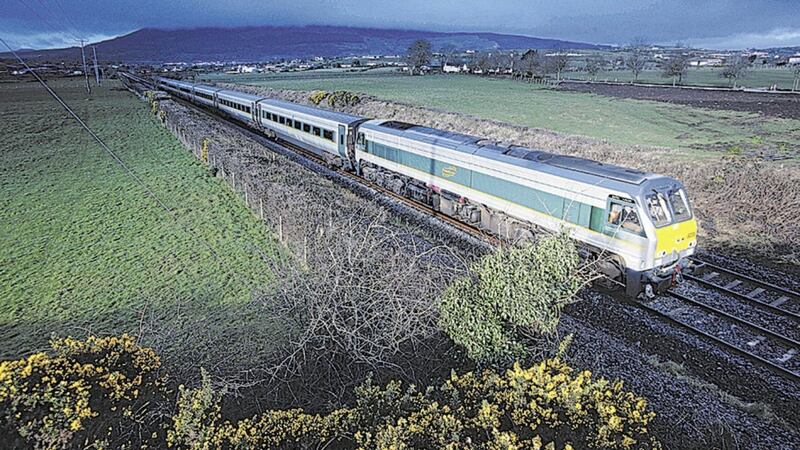July 3 1924
Remarkable evidence was given in the Dublin High Court yesterday in an action brought by Edward Dobson, farmer, Annaghmore, near Mohill, Co Leitrim, against James Gilroy, Lismonagh, Drumsna, claiming to have set aside a deed of transfer dated June 1923, which purported to convey the lands of Lismoyle, containing 76 acres, to the defendant.
The plaintiff alleged that in May 1922, he was forced, in consequence of intimidation, duress and undue influence, to execute a conveyance of the lands to the defendant in consideration of the sum of £240, and the defendant subsequently got himself registered as the owner.
The defence file alleged that the plaintiff, being desirous of leaving the district, asked the defendant to purchase the farm, and that he agreed to do so for £240, and that he entered into possession with the full knowledge and consent of the plaintiff.
Mr Sergeant Hanna, for the plaintiff, said he was a Protestant, and until 1922 had lived on the best of terms with his neighbours. He had a home farm at Millspar, and in 1911 he purchased the lands of Lismoyle for £150. In 1922 a man named Gralton, with whom were associated men named Gilroy, Mulhearn and Moran, decided to take action about the land.
Counsel went on to state Gralton built what he called a “Soviet Hall” and held meetings in it. The plaintiff heard that Lismoyle was to be taken from him, and during the night of the 2nd of May men came and told him the place had been taken, and that his cattle had been driven off.
The plaintiff and his stepson went out and met the cattle and the cattle-drivers on the road, and between them they brought the cattle back, and on the night of the 5th men told him they had again driven them off, warned him not to put them back, and fired shots. He reported the matter, and four men were arrested.
In October he received a letter warning him to have the place cleared by the 1st November, and surrender it to the Land Committee, who would have it distributed to the people justly entitled to it.








